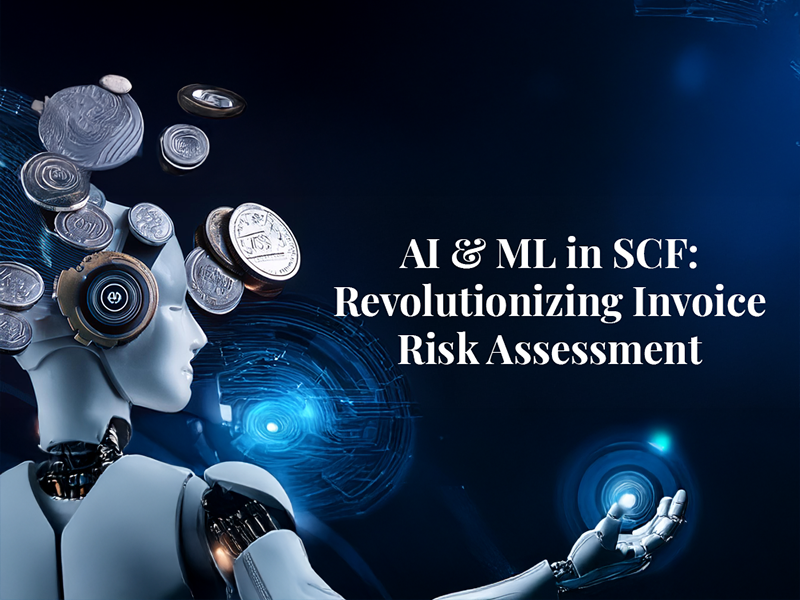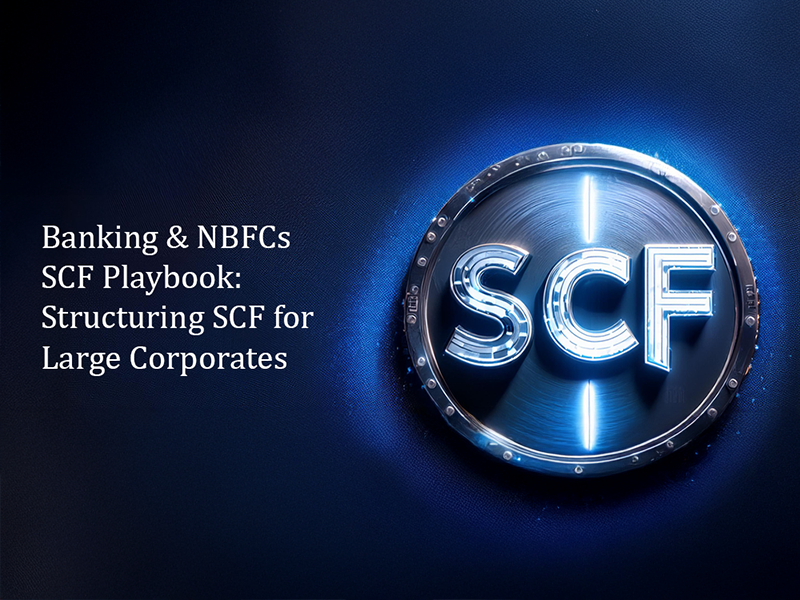Busting Supply Chain Finance Myths: Fact-Checking the Financial Fairy Tales
Supply Chain Finance (SCF) often sounds like some mystical art practiced by wizards in dark, mahogany-paneled boardrooms. It’s been hyped as the ultimate cash-flow elixir, dismissed as corporate credit gymnastics, and occasionally, unfairly lumped in with outright financial alchemy.
But let’s get real—there’s a lot of utter nonsense floating around about SCF. So, grab your coffee (or something stronger) and let’s break down some of the biggest myths surrounding this multi-trillion-dollar industry.
Oh, dear. If SCF were just glorified invoice financing, banks and fintechs wouldn’t be pouring billions into it, and companies wouldn’t be leveraging it as a strategic weapon. Invoice financing is a subset of SCF, but true SCF is much more.
Think of it like this:
- Invoice financing is like selling your old phone on eBay for quick cash.
- Supply Chain Finance is getting Apple to offer you a financing plan with sweet interest terms and extended payment cycles, while they collect money from your customers smoothly in the background.
SCF isn’t about selling invoices for liquidity—it’s about optimizing payment cycles, strengthening supplier relationships, and making capital work harder and smarter.
Ah, the age-old “David vs. Goliath” narrative. It’s cute, but wrong. Yes, large corporations have historically set the terms in supply chains, but well-structured SCF programs help everyone, especially small and medium enterprises (SMEs).
Here’s why:
- SMEs often struggle with cash flow because they’re stuck waiting forever for payments from larger buyers.
- SCF allows SMEs to get paid earlier without having to grovel to the bank for a loan.
- Buyers benefit too, because they can extend payment terms without pushing their suppliers into financial ruin.
It’s not corporate greed—it’s strategic win-win finance. If done right, both sides sleep better at night knowing their cash flows are predictable.
This one hurts. Just because some companies abuse payment terms doesn’t mean SCF is inherently evil. Delayed payments with no SCF support? That’s just plain old corporate stinginess. But SCF? That’s cash flow engineering.
- Instead of simply kicking the can down the road, SCF programs introduce liquidity into the system by giving suppliers optional early payments at preferential rates.
- Buyers get to hold onto their cash longer while ensuring suppliers don’t suffer.
- Unlike traditional loans, SCF is based on the buyer’s creditworthiness, meaning suppliers get better rates than they would on their own.
So no, SCF isn’t just about stretching payment terms—it’s about making those terms work better for everyone.
Oh, come on. That’s like saying only Fortune 500 CEOs can use credit cards. SCF is not some VIP-only financial cocktail party—it’s rapidly becoming accessible to businesses of all sizes.
- Fintechs and alternative lenders are democratizing SCF, bringing it to mid-sized firms and even startups.
- AI-driven risk models are allowing smaller suppliers to get financing at reasonable rates, without the red tape of traditional banks.
- Platforms now exist where buyers and suppliers of all sizes can tap into SCF with a few clicks—no billion-dollar balance sheet required.
The key is understanding the ecosystem and choosing the right partners. You don’t need to be Amazon to play this game.
Ah, the Greensill card. The financial equivalent of someone pointing at the Titanic and saying, “See? Ships are unsafe.”
Yes, Greensill went spectacularly bust, but that wasn’t because of SCF—it was because of bad risk management, opaque practices, and an overreliance on future receivables from financially shaky firms.
The lessons from Greensill are simple:
✅ Stick to transparent, well-structured SCF programs.
✅ Don’t base financing on hypothetical future invoices (seriously).
✅ Real SCF means financing real, confirmed invoices—not lending against wishful thinking.
SCF, when done properly, is one of the safest financing tools out there because it’s backed by real transactions, not speculative bets.
Supply Chain Finance is neither a miracle cure nor a corporate scam. It’s a powerful tool that, when used correctly, helps businesses manage cash flow, strengthen supplier relationships, and optimize working capital.
But like any financial strategy, it needs to be understood, implemented responsibly, and managed with transparency. So, next time someone tells you one of these SCF myths, hit them with the facts—and maybe send them this article.



